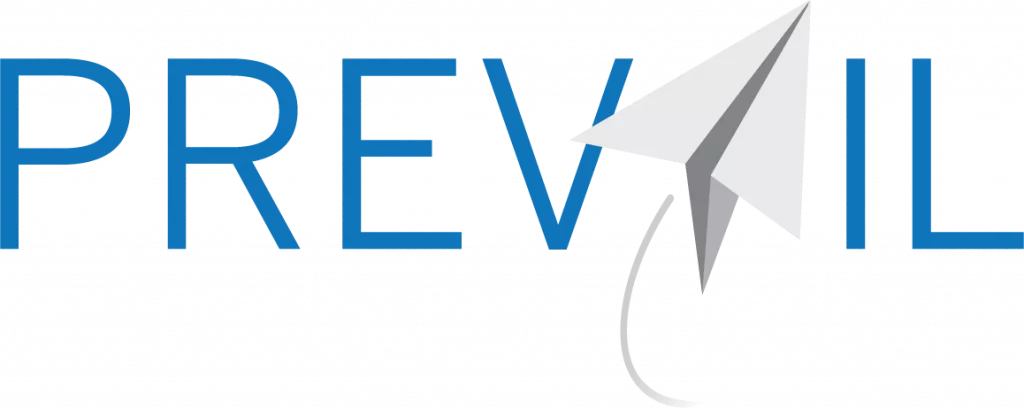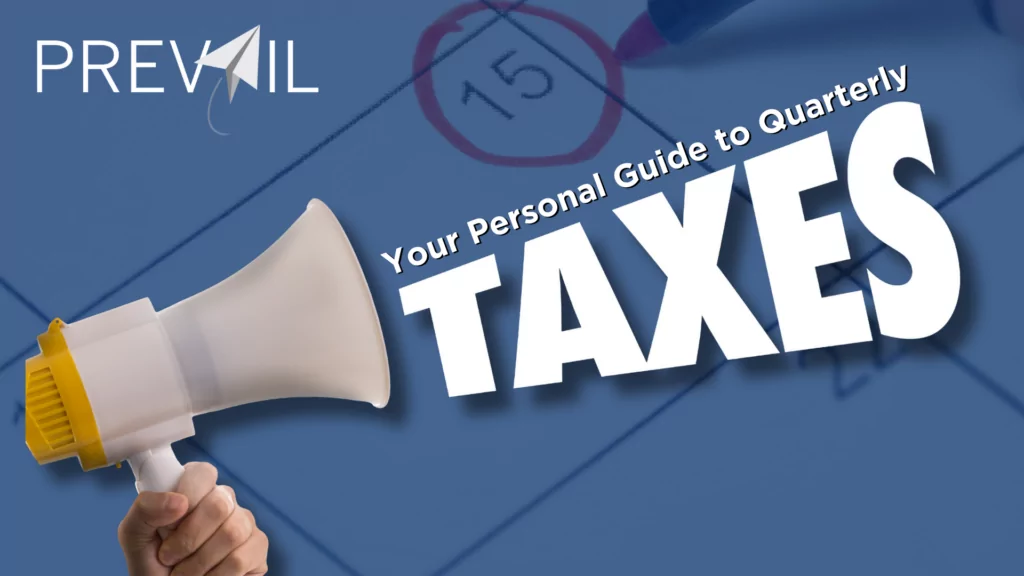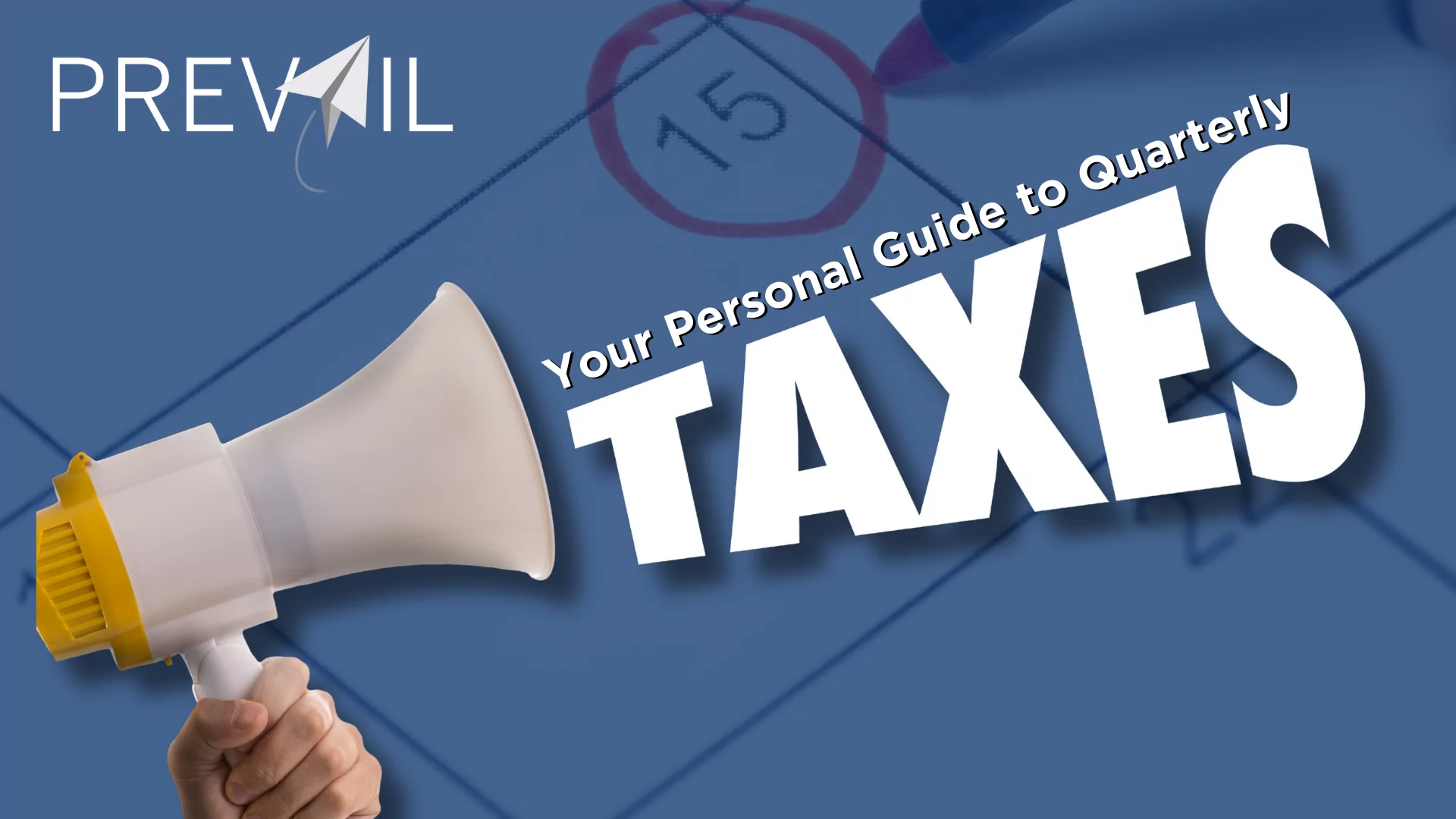Is the thought of managing quarterly taxes causing stress in your life as a dedicated business owner? You’re not alone. The world of taxes can be overwhelming, especially for small businesses. In this article, let’s embark on a personal journey to demystify quarterly taxes and explore five crucial takeaways that will not only simplify the process but also empower you to take control of your financial responsibilities.
Key Takeaway 1: Getting Cozy with Quarterly Taxes
Quarterly tax payments might sound intimidating, but they’re your business’s lifeline when it comes to paying income, self-employment, and other taxes. These payments, made throughout the year, are based on your earnings, allowing you to spread your tax burden more evenly. While they require attention every few months, they offer the benefit of smaller, more manageable tax bills and improved financial planning. The catch? They must be accurate, as errors can result in penalties.
Key Takeaway 2: Discover If You’re in the Quarterly Tax Club
Quarterly taxes aren’t for every business, but many are required to file them, particularly if you don’t have the luxury of automatic tax withholding from paychecks. This category often includes sole proprietors, freelancers, consultants, and S corporation shareholders. To determine your eligibility, check if your tax liability is expected to be $1,000 or more for individuals and $500 or more for corporations. Keep in mind that state requirements may also apply.
Key Takeaway 3: Navigating the Calculation Maze
Now, let’s tackle the daunting task of calculating your quarterly tax payments. A good rule of thumb is to set aside 25-35% of your earnings for taxes. This rough estimate can help you avoid unexpected financial setbacks. However, for a more precise calculation, consider using the IRS Form 1040-ES worksheet or reliable online calculators. Ensuring accuracy is key to your financial stability.
Key Takeaway 4: Timing is Everything
Deadlines are crucial when it comes to quarterly taxes. Missing them can lead to penalties, so add these important dates to your calendar and set reminders. Payments are due shortly after the end of each quarter, emphasizing the importance of keeping track of these deadlines. Embracing electronic payment methods can help ensure your payments are always on time.
Annual Estimated Quarterly Tax Payment Deadlines:
January 1 to March 31: April 15
April 1 to May 31: June 15
June 1 to August 31: September 15
September 1 to December 31: January 15 of the following year
Key Takeaway 5: Navigating the Penalty Maze
Fines, interest charges, audits, and damage to your business credit—these are just a few of the consequences that can arise from late or insufficient quarterly tax payments. Even if you’ve overpaid for the year, underpaying in a specific quarter can still lead to penalties. Precision in calculating your taxes is your best defense against these financial setbacks.
Bonus Key Takeaway for a Smooth Tax Journey:
- Budget for quarterly tax payments, setting aside funds dedicated to this purpose.
- Add deadlines to your calendar and set reminders well in advance.
- Keep meticulous financial records, ensuring transparency in your financial transactions.
- Seek professional tax advice when needed to navigate complexities.
- Consider electronic tax payments for convenience and punctuality.
- Stay updated with changes in tax law through IRS publications, industry blogs, and social media.
In conclusion, navigating the world of quarterly taxes doesn’t have to be a daunting task. These key takeaways aim to simplify the process, helping you avoid penalties and ensuring your business’s financial success. If you have questions regarding your specific tax situations, please feel free to contact us.
Connect with our team today: riseabove@prevailiws.com | 913-295-9500
https://www.irs.gov/forms-pubs/about-form-1040-es


















